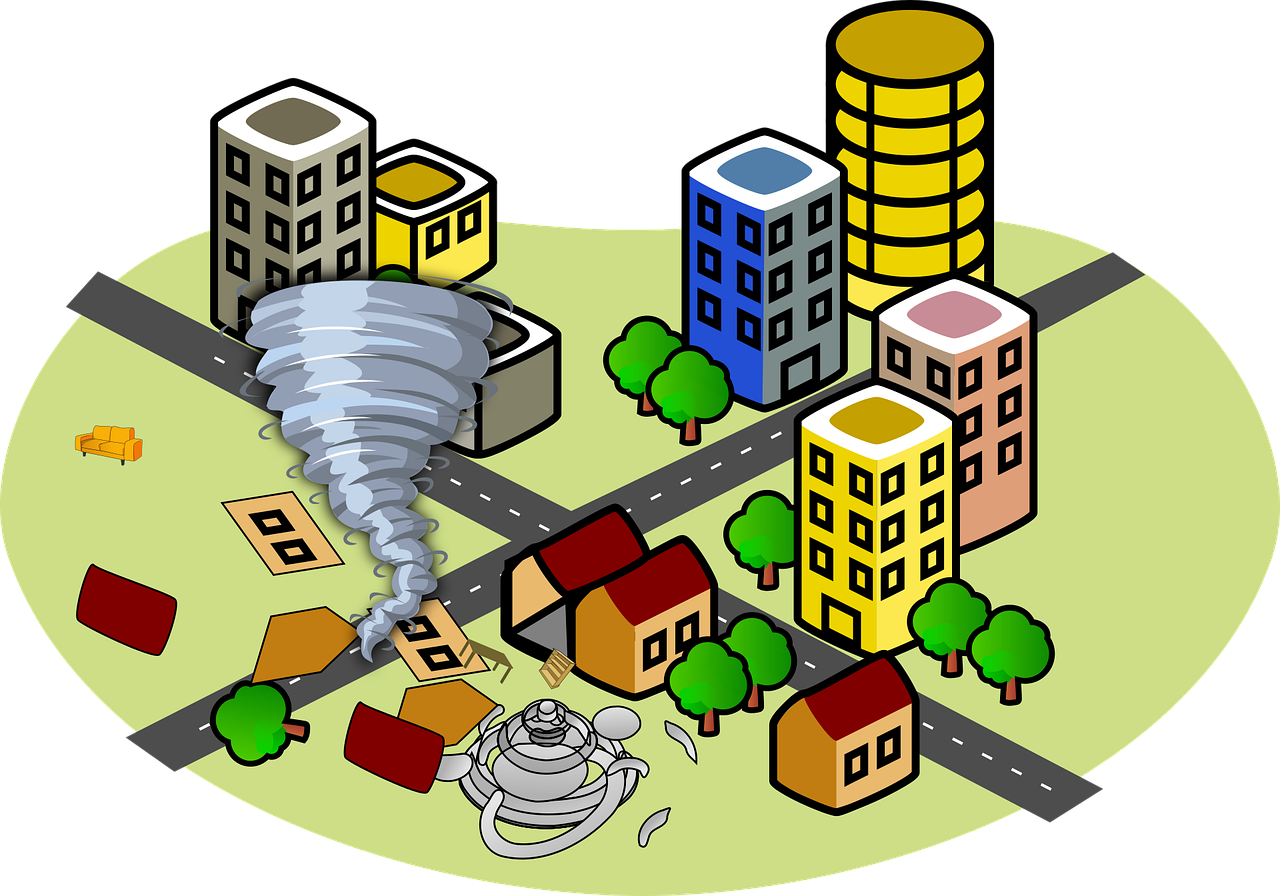IT emergencies can refer to a wide range of issues, such as power outages, hardware failures, data breaches, and software bugs. To prepare for these types of emergencies, you can take the following steps:
Develop an IT emergency response plan: This plan should outline the steps that need to be taken in the event of an emergency, such as who to contact, what to do, and who is responsible for what.











